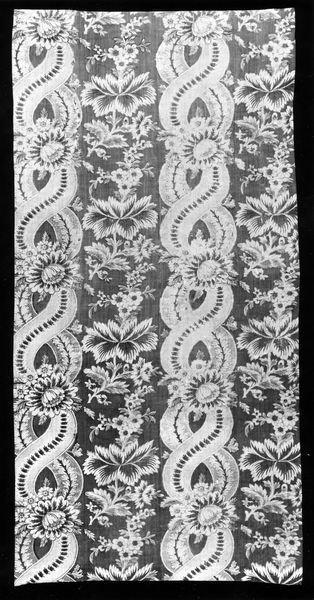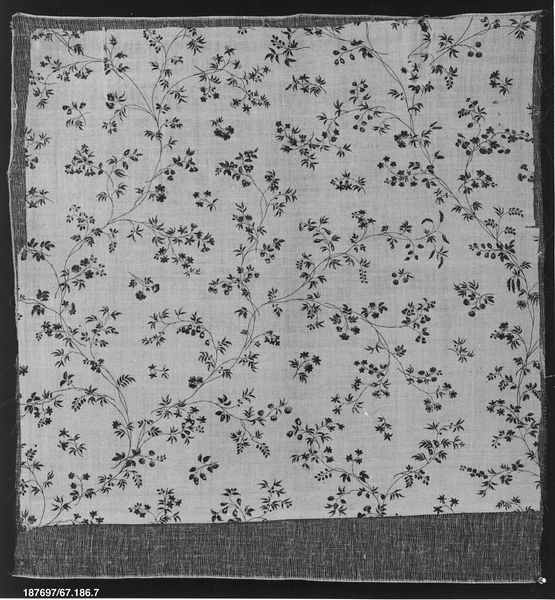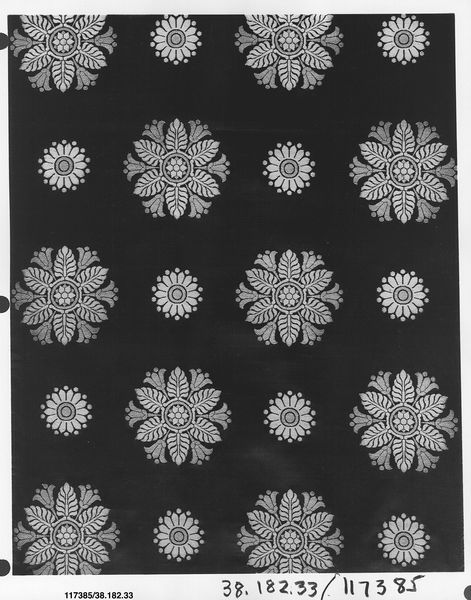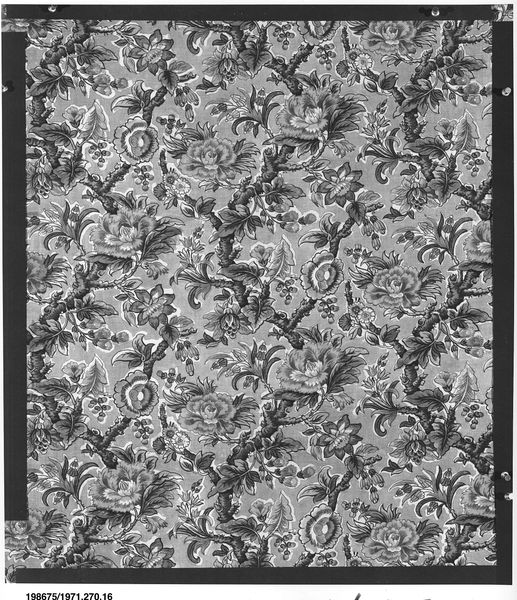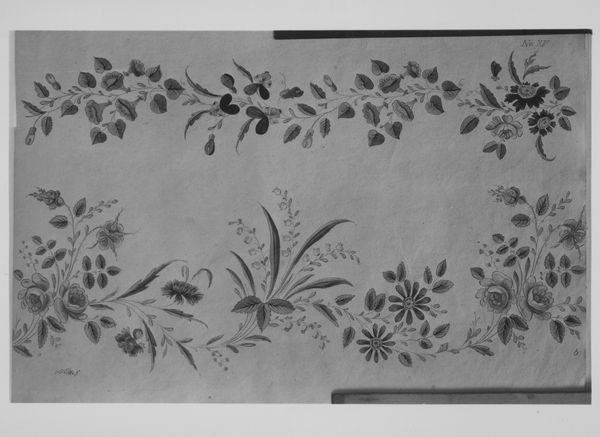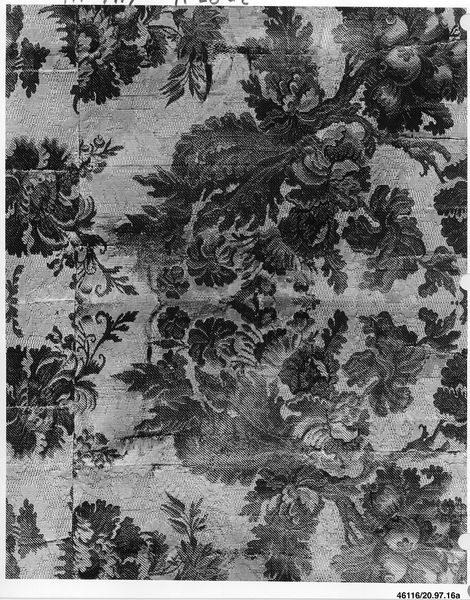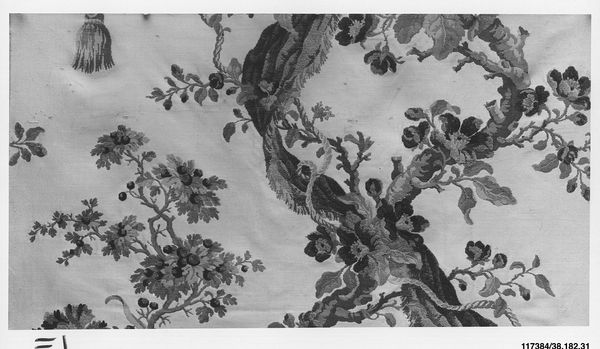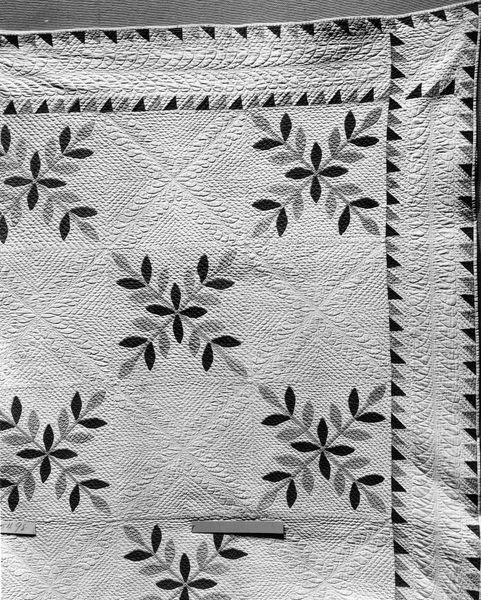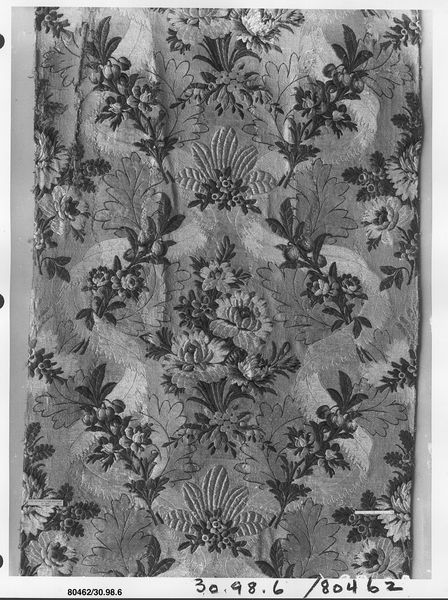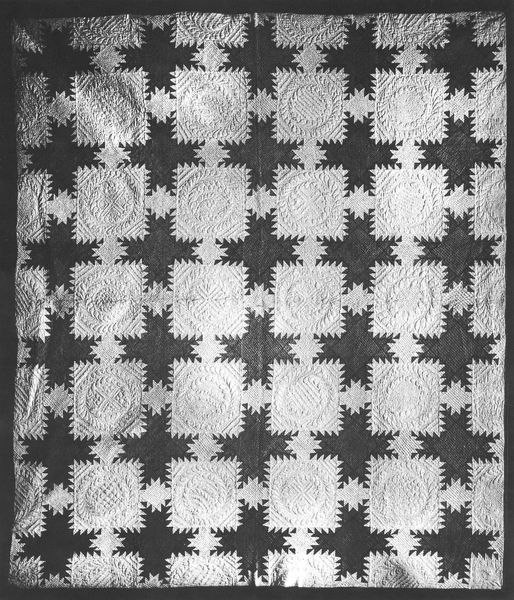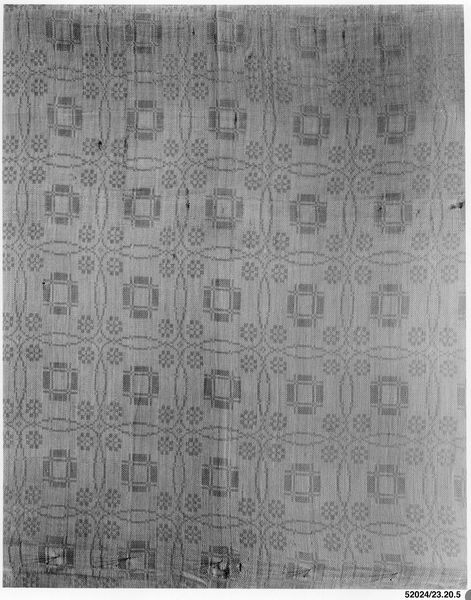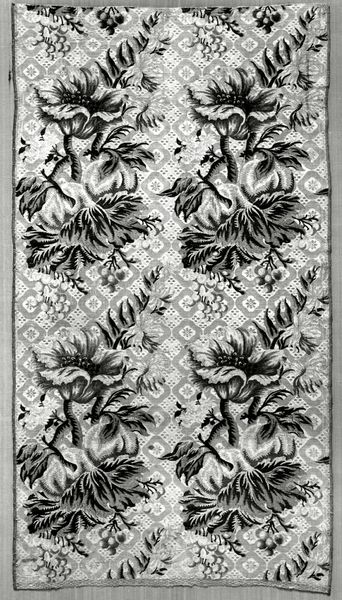
textile
#
textile
#
decorative-art
Dimensions: Dimensions unrecorded
Copyright: Public Domain
This fabric sample was produced by Merrimac Mills. Its floral pattern invites us to consider the historical and cultural contexts surrounding textile production and consumption. The textile industry, particularly in the 19th and early 20th centuries, was deeply entwined with issues of labor, class, and gender. Textile mills often employed women and children under harsh conditions, reflecting broader societal inequalities. The production of textiles also has colonial roots, relying on raw materials sourced from colonized lands, implicating it in global power dynamics. Floral patterns, while seemingly innocuous, carry their own cultural weight. They can symbolize femininity, domesticity, and nature, but also be used to reinforce traditional gender roles. This textile may speak to the complex ways in which beauty, commerce, and social hierarchies intersect. As you observe this fabric sample, think about the hands that made it, the lives it touched, and the stories it might tell about our shared history.
Comments
No comments
Be the first to comment and join the conversation on the ultimate creative platform.

